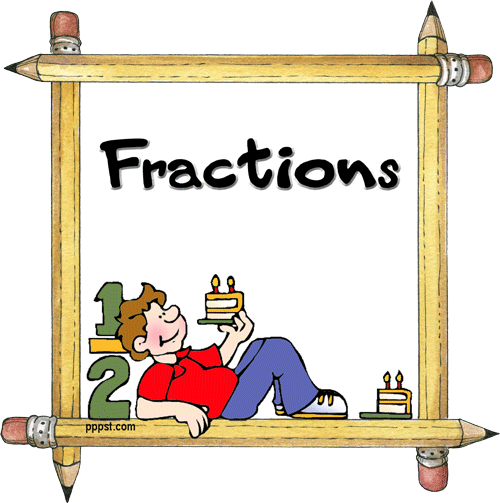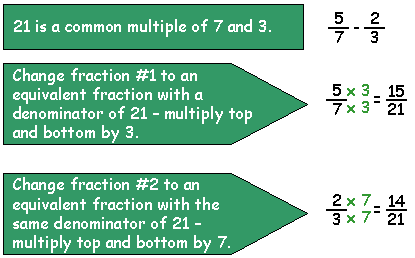Seriously, has anyone ever really thought about how math is used almost in every situation? For instance, my kids were each given $20 last night at the fair to use towards games or whatever they chose. It was cute watching them figure out how much they would have left if they played a certain game, or how many times they could play it with the money they had left. I also was noticing the carnival workers counting the people as they would let them on the rides so that each ride had a certain amount of people in it.
I feel that using real world situations in the classroom helps children understand the concept so much better. If you have kids give their own input into the problems, they will learn it better and have fun doing it! I have mentioned this before, but making learning fun is the number 1 priority on my list when I become a teacher. I want to be one of the teachers that are remembered for years because of my creativity and how I made learning interesting and fun!
So many kids struggle with math because they don't understand it and so then they may give up and just assume they will never be good at it. Math can be made fun and easy to learn in so many ways. The following video talks about one particular school that did their best to make learning math fun. I love this concept and even though this particular approach may not be doable in all schools, it is a great example of how it takes so little to make learning math fun. Check it out!










